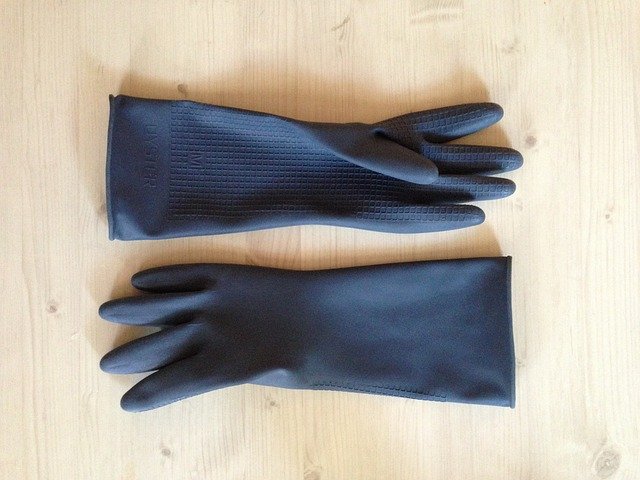
How to Properly Clean Your House Plants
Grease, dust, dirt and other airborne particles fall on our houseplants which makes them look dirty and neglected. This bad coating interferes with their continuous process of photosynthesis, which is essential for their growth and living. Their leaves absorb sunlight and carbon dioxide to feed the plant, and then release oxygen to complete the process. А thick layer of dirt on the leaves would block their pores and hamper this vital process. When cleaned regularly your plants look better, grow faster and attract fewer insects and pests. Outdoor plants are washed by the rain and dusted by the wind, while indoor ones rely on us to take a proper care for them.

Clean the plants at least once a month or when you think they need it. Houseplants with firm, solid leaves should be cleaned with a cloth or a soft sponge. Avoid coarse sponges like loofahs but choose more gentle and elastic ones. Baby sponges and natural cellulose types will do a great job. Also, as a cloth you should use an old, clean t-shirt rather than paper towel or washcloth.
Dampen the cloth or sponge with plain, lukewarm water. If the plants are too dirty, you can add a few drops of liquid, non-detergent soap. Hold the leaf on the underside and lightly wipe the upper side, then turn it and repeat. If the weather is warm and no winds blow, consider taking your plant outside for a good moisturizing. Use a spray bottle and mist it well on all sides. The water can dribble all it wants without damaging everything around the plant, and you won’t have to clean the furniture, upholstery, flooring or carpets. You might use a watering can too but abstain from using the garden hose as the water may be too cold.

It is also a good opportunity to check for mites, aphids, fungus and gnats. There are also many garden pests that would settle for a potted indoor plant. If you notice some brown leaves, it is okay to cut the brown parts off. It is usually a sign that the plant is drying, and you water it too rarely.
If the weather is not suitable for misting, give your plant a good shower in the bathroom. This is the five-star cleaning that the plant and the soil need. When we water it often in small portions, water usually doesn’t reach to the roots, but a thorough shower will encourage deeper root growth. It also removes the white, chalky residues on the soil’s surface left from chemical fertilizers and tap water usage.

Showering is easy but prepare to get wet. The water pressure of the shower should be adjusted to a gentle spray, and the temperature to be lukewarm. Put the plant under the shower on a plastic stool or overturned bucket and close the shower curtain or door. You don’t need to go around the plant, just rotate it when you are done with washing one side of it. Think like you are making a water massage with the shower stream. When you are finished, let the plant rest for an hour in the moisture. To a plant, it is a real heaven.
Remember, not all plants like getting too wet. Avoid showering hairy-leafed types, as well as cacti and other succulents. It may result in causing spots and other discolorations.
- Five Changes to Apply to Your House Before Selling It - June 28, 2022
- How to clean and organise your summer house - January 27, 2022
- How Often Should Pest Control Visit Your Home? - January 13, 2022





